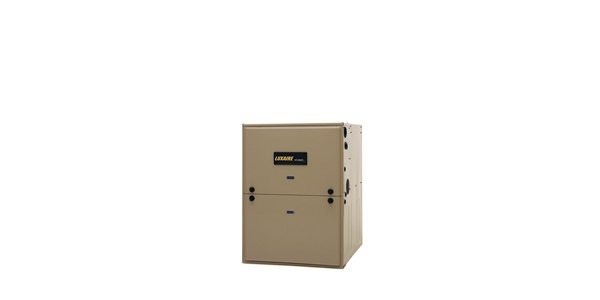NIOSH Offers Information to Protect Workers from Lead Exposure
The National Institute for Occupational Safety and Health has published a new resource to help employers and workers reduce hazards associated with lead pipe removal and replacement.
Workplace Solutions: Reducing Workers’ Lead Exposure during Water Service Line Removal and Replacement discusses the potential for lead exposure when workers replace lead service lines and provides recommendations to reduce lead exposure.
Many types of workers can be exposed to lead through various activities. Workers at risk may include managers, line supervisors, or field workers, such as those from plumbing companies, city utilities or construction companies who work with water lines. Working in excavated pits, cutting or handling lead pipes or digging with heavy equipment or a shovel may expose workers to lead.
NIOSH recommends strategies to reduce workers’ exposure to lead based on the hierarchy of controls. The Workplace Solutions document outlines NIOSH’s recommendations for employers to reduce lead exposure such as:
- Developing a written lead monitoring and control program, which may include a testing protocol, hazard control program and job hazard assessment for tasks that may expose workers to lead
- Monitoring airborne lead exposures
- Providing portable high-efficiency particulate air-filtered vacuums to clean work vehicles
- Improving training, testing and housekeeping
For workers, NIOSH provides recommendations for improved work practices, such as cleaning surfaces and avoiding bringing personal items into contaminated areas and using personal protective equipment to help reduce their lead exposure.
The new resource is based on a 2019 health hazard evaluation among city water department employees who were replacing water service lines. The air samples collected were below occupational exposure limits. NIOSH investigators found lead on samples collected from workers’ hands and work gloves. Investigators also found lead on surfaces inside trucks and in the locker room.


